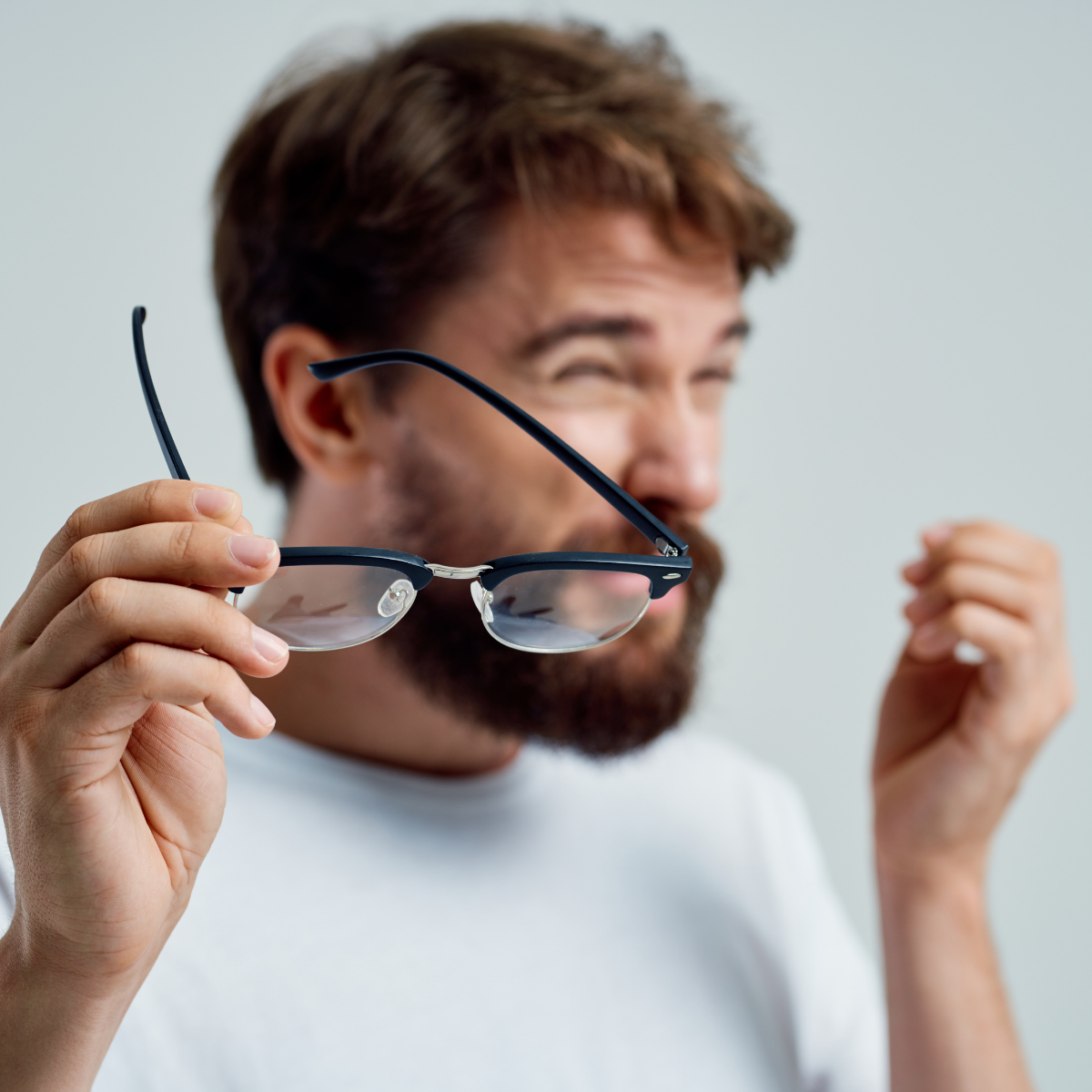Nystagmus (Bouncing Eyes)

Overview
Nystagmus involves the involuntary and uncontrolled movement of the eyes that affects your vision. The movements are rapid and can be up and down, side to side, or rotating. Nystagmus may occur when looking straight ahead or when moving the eyes. Sometimes nystagmus is referred to as dancing or bouncing eyes. Nystagmus may come and go or may be persistent. These movements often make reading, maintaining a clear image, watching television, or focusing extremely difficult and include depth perception problems.
Severe nystagmus can negatively affect your ability to drive safely and, in some cases, progress to the point you may be declared legally blind. In addition, fatigueOverview The brain plays a crucial role in regulating sleep ... More or stress is known to cause eye movements to increase.
Additional Signs and Symptoms of Nystagmus
- sensitivity to light
- dizziness
- difficulty seeing in the dark
- vision problems
- holding the head in a turned or tilted position
- the feeling that the world is shaking
Treatment
Treatment for nystagmus is limited and may include the off-label use of medications in the most severe cases. However, you should be aware use of prescription medications in controlling nystagmus is just beginning to be studied in-depth and often is simply a form of suppressing all eye movement. Medication is a severe option that needs a long discussion with your healthcare professional since side effects may outway the benefits.
Recently Reported Clinical Trial Drug Treatments
- Gabapentin
- Scopolamine
- BaclofenIsoniazid
- Memantine
- Carbamazepine
- Clonazepam
- Canibis
Updated: October 22, 2021